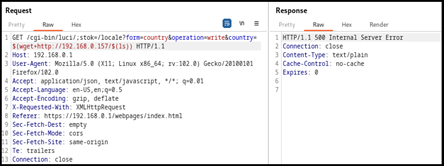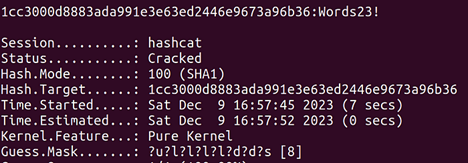
Long story short: I've started a new project - Paged Out! - a free deeply technical magazine about programming/retro/hacking/security/electronics/demoscene/etc, where each article is limited to exactly one page. And today we're officially starting the Call For Pages (or call for papers/articles/whatever you want to call it) for the first issue.
Here's the website with all you need to know:
https://pagedout.institute/.
Please help up spread the word - I don't know every amazing potential author on our technical scene, but all of you together DO! Plz help :)
(If you're also interested in helping out in another way, please also take a look at
this page.)
Long story long:
As some of you know for several years I've been a technical reviewer for the "Programista" magazine (as the name implies, it's a Polish magazine about programming), and before that I helped in a similar role (for shorter time periods) in other magazines as well (HITB Magazine, and another one which we don't name nowadays). One common thing I've noticed about the articles is that almost all of them are pretty long (like 10 pages in print, or 20 pages in "source" form). The length is usually the result of the selected topic, author's desire to explain everything in sufficient detail, and lengthy well formatted code listings with verbose comments.
That's just how programming articles must be, right?
Well, not really. For example in late '80 one magazine page could house 2-3 programming articles. How was that possible? Usually there just wasn't a lot of text in the article - a paragraph or two of introduction, or a note on an especially tricky part in the presented code, followed by a long manually minimized (sic!) program listing. This required the reader to actually try to reverse-engineer the code in order to understand it - but readers are smart and it was actually pretty fun to do it too. The selected topics were commonly also quite different - instead of "everything you need to know about XYZ", the articles were more about individual code snippets or short programs that did or showcased something useful, fun (games!), clever or otherwise entertaining.
This led me to the idea of somehow convincing folks (hi!) to try and write short articles on different kind of topics - and thus (after playing with the idea for a couple of months) I decided to start a new free "zin" with a one-page-per-article limit.
If you think about it, there is another benefit to the limit itself: it takes way less time to write a 1 page article than a longer one. It's also easier to review it. And it doesn't take too much time to read it top-to-bottom. I would also like to believe that there is less pressure to write about Typical Big Topics - there is just no way to do a complete C++24 tutorial on a single page, so how about just showcase this one fun new thing?
Of course 1 page articles will never replace full sized ones, but then again, that's not really the goal here. The goal is to see if we can create informative 1 page articles that are fun to make, fun to read and don't require to allocate a lot of time on any front.
While setting up the framework for the project I had in mind both the classic demoscene/reverse-engineering zins (though these came usually as standalone executables, and I decided not to go this way), as well as the hacking scene ones - like Phrack or PoC||GTFO. What I always loved about these was that they were created with heart - from the community, for the community. And this is also what I wanted for the Paged Out! maga*zin*.
Given the above, the project is created as a not-for-profit one, with a focus on both readers and authors (and not $$$). This means that the issues will be downloadable for free, and the readers will be able to print them in larger amounts to give them away for free (yes, this was directly inspired by PoC||GTFO). This also means that we want the author to keep the copyrights, and only grant us a non-exclusive license (and optionally allow others to do an audio recording of the article).
Unfortunately there are two downsides here. First of all, we won't be able to pay the authors, and we also offset additional work on the authors (mainly: the layout of the page). And I personally also have to pocket out all expenses for the zin (not complaining, just stating a fact). To address this a little we do have plans to make the zin self-sustaining if possible (e.g. by selling ad space or special nicely printed editions) and to share most of the profit with authors. If you're interested, check out our proposed
Standard Author's Agreement (note: authors are free to choose other licenses as well).
Eventually we hope to gather around 50-100 pages per issue, and publish an issue once per quarter (subject to delay if we have too few articles submitted).
I'll end this opening blog post with a big Thank You to all the folks who already believed in my vision and decided to join the project as volunteers - i.e.
members of the Paged Out! Institute:
•
foxtrot_charlie,
•
KrzaQ,
• and
j00ru.
I would also like to thank
q3k for writing the
initial article to help us both get an example to show, as well as test the process, and countless others from my discord server / IRC channels for the initial feedback on everything.
The next few weeks will be spent on trying to find articles, and then around June/July we hope to be able to present you with the first issue of the Paged Out! zin.







